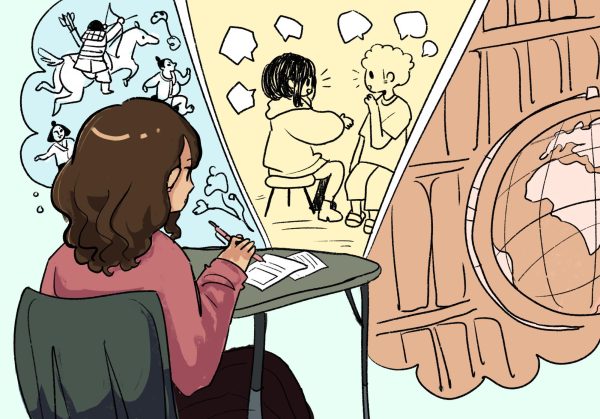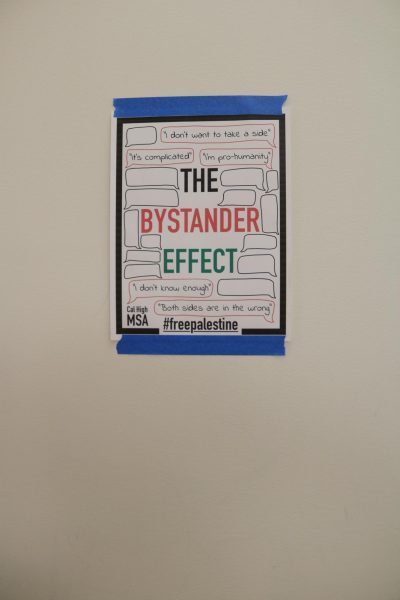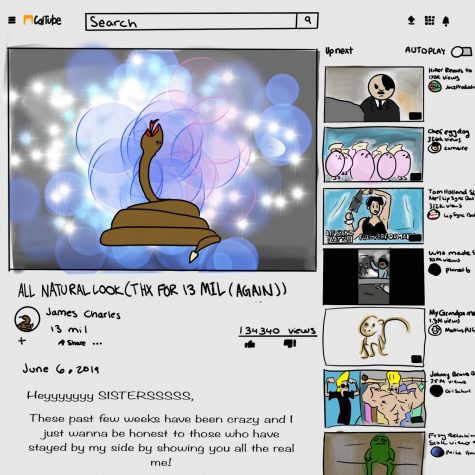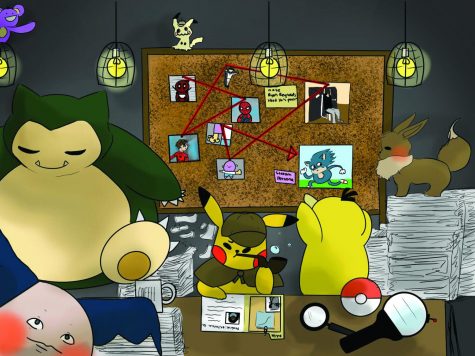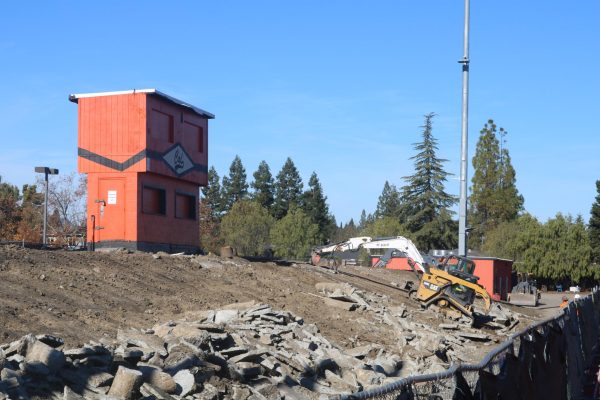Mountain slowly recovering after fire
The Morgan Fire that decimated the face of Mount Diablo on Sept. 8 left remarkable damage.
While the target shooter responsible for the fire will not be charged for any criminal wrongdoing, the rest of us are left to wonder what happens next.
After a full-scale investigation, Contra Costa County District Attorney Mark Peterson announced on Nov. 27, a month and a half after the fire, that no criminal charges will be filed.
The official report from the Contra Costa District Attorney’s Office on claycord.com states that the individual was on private property just off Morgan Territory Road, and while shooting a rifle, one of the shell projectiles was fired at a rock, which caused a spark and started a small fire in the dry grass around it.
The individual, which isn’t named in the report, attempted to extinguish the fire, and contacted a family member, who called 911. While local firemen were dealing with the fire, a “spot fire” jumped about 1,000 feet from where the original fire started.
Because there was no evidence that the fire was started intentionally, or that he was in violation of state law in any way, the individual cannot be held for any criminal liability.
But many locals question the individual’s judgment, as the hot and dry weather conditions appeared unsafe, according to firehouse.com.
CA.gov CAL FIRE’s incident report sums the acres of burned area to a total of 3,110. Although it was seemingly an accident, the fire caused an estimated $5.8 million in damages and repair costs.
The day of the fire, Bay Area Air Quality Management District also sent out a smoke advisory, cautioning residents in the neighboring counties of Contra Costa, Alameda, and Santa Clara to minimize exposure and take cautionary measures, especially those with any extreme medical conditions such as asthma.
Many students on campus the following Monday recalled the smoke billowing from the mountainside the following Monday.
“Where I lived it was super cloudy,” said junior Garrett Lee. “It was kind of weird and scary.”
The Center and Disease Control and Prevention’s online article regarding safety post-wildfires addresses the serious risks associated with air quality. The smoke can damage your eyes, irritate your lungs, worsen serious medical conditions, and worsen chronic heart and lung diseases.
“One of our [water polo] practices got cancelled because of the bad air quality,” said Skrentny.
The park was closed for a week while the Cal Fire crew worked to extinguish the flames. The park reopened for recreational visits on September 16th.
“As soon as they got [the fire] under control and the park reopened, a lot of people wanted to come in and see the burn area,” said Hidalgo.
Junior Hannah Skrentny was able to visit and survey the damage.
“Everything was dead and bent over,” said junior Hannah Skrentny, after visiting the burn area. “It was all black and burned and charred. It was kind of sad.”
The fire swept through the Clayton side of Mount Diablo, devastating ecosystems, threatening erosion, harming air quality, damaging structures, and decreasing the aesthetic appeal, as researched by coloradofirecamp.com.
“Erosion is our main concern,” explained Mount Diablo staff member Denace Ciccoli. “The fire interferes with the root system of the trees and loosens the soil, so when the rain comes through it washes all the soot down the mountain.”
With the rainy season underway, crews have been hard at work carving gorges into the hillside to prepare for the imminent mudslides, according to ABC News. This serves as a guide so they can control what areas of land will be affected.
Other fire crews were tilling the ground to speed up the regrowth process.
Naturalists have another concern.
“Mount Diablo is a biological diversity hotspot with dozens of rare and endangered species,” said Seth Adams, Save Mount Diablo’s program director, as reported by baynature.org.
They are concerned more with the overwhelming loss of the smaller animals that were unable to escape the scorching flames. Species such as the California red-legged frog and the Alameda whipsnake didn’t stand a chance.
But although many species populations were impacted, it is unlikely that any full species will be lost because most of the areas surrounding the park contain similar ecosystems.
Unlike the animals, far less harm was done to any of the structures in the state park.
“As far as structures, a few picnic tables and restrooms were damaged,” said Ciccoli.
The perimeter of the fire reached within feet of the Summit Museum near the top of the mountain, however.
“When I went up to the summit, I could see how close the fire got to the mini museum,” said Skrentny. “It burned some of the walls of the restroom nearby. You could see the black char.”
“We were really lucky,” said Hidalgo. “The firefighters did a great job protecting the visitors center… they had their backs against the outside wall, protecting it like a mama bear… I was so impressed.”
Despite all of the damage that the fire has caused, not all aspects of the fire are devastating.
“Our last big fire was about 70 years ago,” claims Hidalgo. “That’s a long time to go without a fire.”
According to Minnesota’s Department of Natural Resources, setting prescribed fires can improve the wildlife habitat, boost plant productivity, assist in managing vegetation and soil. Fire is nature’s “gardener”, and it takes care of uncontrolled growth that can shade out the other vegetation underneath and act as a fertilizer.
“I really think the fire did us a favor,” said Hidalgo. “I’m really looking forward to going up there in the spring time, the wildflowers will be gorgeous!”
The day of the fire, Bay Area Air Quality Management District also sent out a smoke advisory, cautioning residents in the neighboring counties of Contra Costa, Alameda, and Santa Clara to minimize exposure and take cautionary measures, especially those with any extreme medical conditions such as asthma.
Many students on campus the following Monday recall the smoke billowing from the mountainside.
“Where I lived it was super cloudy,” said junior Garrett Lee. “It was kind of weird and scary.”
The Center and Disease Control and Prevention’s online article regarding safety post-wildfires addresses the serious risks associated with air quality. The smoke can damage your eyes, irritate your lungs, worsen serious medical conditions, and worsen chronic heart and lung diseases.
“One of our [water polo] practices got cancelled because of the bad air quality,” junior Hannah Skrentny.
The park was closed for a week while the Cal Fire crew worked to extinguish the flames. The park reopened for recreational visits on Sept. 16th.
“As soon as they got [the fire] under control and the park reopened, a lot of people wanted to come in and see the burn area,” said park aid Silvana Hidalgo.
Skrentny was able to visit and survey the damage the fire had caused.
“Everything was dead and bent over,” said junior Hannah Skrentny, after visiting the burn area. “It was all black and burned and charred. It was kind of sad.”
The fire swept through the Clayton side of Mount Diablo, devastating ecosystems, threatening erosion, harming air quality, damaging structures, and decreasing the aesthetic appeal, as stated by coloradofirecamp.com.
“Erosion is our main concern,” explained Mount Diablo staff member Denace Ciccoli. “The fire interferes with the root system of the trees and loosens the soil, so when the rain comes through it washes all the soot down the mountain.”
With the rainy season underway, crews have been hard at work carving gorges into the hillside to prepare for the imminent mudslides, according to ABC News. This serves as a guide so they can control what areas of land will be affected.
Other fire crews were tilling the ground to speed up the regrowth process. Naturalists have another concern.
“Mount Diablo is a biological diversity hotspot with dozens of rare and endangered species,” said Seth Adams, Save Mount Diablo’s program director, as reported by baynature.org.
They are concerned more with the overwhelming loss of the smaller animals that were unable to escape the scorching flames. Species such as the California red-legged frog and the Alameda whipsnake didn’t stand a chance.
But although many species populations were impacted, it is unlikely that any full species will be lost because most of the areas surrounding the park contain similar ecosystems.
Unlike the animals, far less harm was done to any of the structures in the state park.
“As far as structures, a few picnic tables and restrooms were damaged,” said Ciccoli.
The perimeter of the fire reached within feet of the Summit Museum near the top of the mountain, however.
“When I went up to the summit, I could see how close the fire got to the mini museum,” said Skrentny. “It burned some of the walls of the restroom nearby. You could see the black char.”
“We were really lucky,” said Hidalgo. “The firefighters did a great job protecting the visitors center… they had their backs against the outside wall, protecting it like a mama bear… I was so impressed.”
Despite all of the damage that the fire has caused, not all aspects of the fire are devastating.
“Our last big fire was about 70 years ago,” claims Hidalgo. “That’s a long time to go without a fire.”
According to Minnesota’s Department of Natural Resources, setting prescribed fires can improve the wildlife habitat, boost plant productivity, assist in managing vegetation and soil. Fire is nature’s “gardener”, and it takes care of uncontrolled growth that can shade out the other vegetation underneath and act as a fertilizer.
“I really think the fire did us a favor,” said Hidalgo. “I’m really looking forward to going up there in the spring time, the wildflowers will be gorgeous!”
